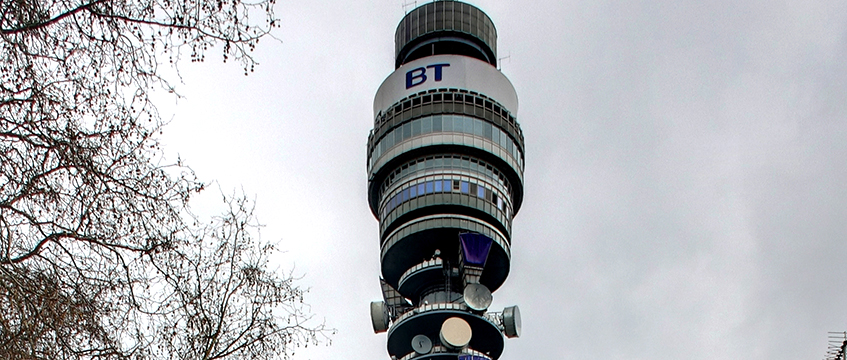EDITOR’S COMMENT: If, in the dark of the night, these uncertain times cause you to fear for London, and by extension the UK, I have a solution. Not a spell at the Mayr clinic, the A-listers’ retreat of choice. Instead I would prescribe a trip to the top of the BT Tower.
In truth it is probably easier to secure a revitalising lakeside week at the Austrian clinic – which is reputedly looking for a London outpost – than it is to bag an invitation to the top of what was London’s tallest building until 1980. Yet for two days this week EG took over its 34th floor for our awards judging.
More than anything it reminded me of London’s qualities, its ability to endure and why the city’s strengths will ensure the UK economy will remain strong whatever Brexit negotiations throw at it. Here are the 10 things the view from the tower taught – or reminded – me this week.
1. Whatever your favourite view of London, the tower’s location on the fringe of the West End affords a 360-degree view of London that cannot be bettered.
2. The right building in the right location matters. It sounds obvious but seeing each of our 50 judges (including some of London’s best-known developers) open-mouthed and immediately reaching for their camera phones is a powerful reminder of that simple truth.
3. Among the world’s mega cities is there one whose core is quite so green?
4. Say what you like about Paris’s density relative to London’s, but there is a cohesion to London’s skyline and an integration that I have yet to see elsewhere.
5. Speaking of the skyline, London’s is astonishingly low. The city cluster is just that. There are tall buildings elsewhere – some have acquired elegance over time, others are more regrettable – but they are few and far between. From the balcony of the new Google HQ in King’s Cross, for instance, you can see the Wembley arch, eight miles away. Planners, for the most part, have done a good job.
6. There is no better example of regeneration than King’s Cross. From the new Francis Crick Institute and other new buildings that have drawn the likes of Google to the reinvention of existing stock such as the gas holders, the development looks as good from above as it does on the ground.
7. There is no better opportunity in the offing than Euston’s 50 acres. The success of its transport neighbour has set a bar that it needs to match when the master development partner shortlist is drawn up this summer.
8. Developers, architects and planners should not be afraid of colour. There is precious little in London. Renzo Piano’s Lego-like Central St Giles stands out. It deserves brighter company.
9. Crossrail-led development may be highly visible at street level, but from above it is easier to see where it should head next. East-west development is rife and concentrated from Farringdon to Marble Arch. But it should spread further – notwithstanding the fall in the development pipeline reported in this week’s Deloitte crane survey – up Tottenham Court Road, for instance, the top end of which is tired.
10. London is imperfect and can frustrate. However, it offers opportunity, diversity and entertainment on a scale that few other cities can match. Given that there is no other mega city that so dominates its national economy, the importance of its ongoing success to the national economy cannot be overstated. And after two days looking down on it, I came away more convinced than ever that other cities will struggle to compete.
London isn’t the UK’s only great city, of course. EG staged events in Manchester this week and Leeds last week. And it was at Leeds Question Time, an otherwise excellent debate, where in one crucial respect we let ourselves down.
A year ago EG pledged its support to #FliptheRatio, a commitment to increase “the visibility of women in business, politics and all aspects of public, civic and urban life”.
At the time I wrote: “EG is often guilty – unintentionally, unthinkingly – of assembling all-male panels. We are committing to stopping doing so.”
We still are committed, though in Leeds we did deliver what has become known as a “manel”: each contributor was insightful, engaging and, yes, a man.
Yes, there was more diversity among those we approached who couldn’t appear on the panel this time around. Nevertheless, we have to do better. And we will work harder to do so. Last year I asked for your help in ensuring we do #FliptheRatio every time. I’ll repeat that plea. And to make it easier to help and hold us to account, we have set up a new e-mail address where you can suggest yourself, or someone else, to contribute to our events: speakers@egi.co.uk
As the urbanistas behind #FlipTheRatio wrote last year: “It isn’t about shaming all-male panels, but championing more varied panels.”
To send feedback, e-mail damian.wild@egi.co.uk or tweet @DamianWild or @estatesgazette











